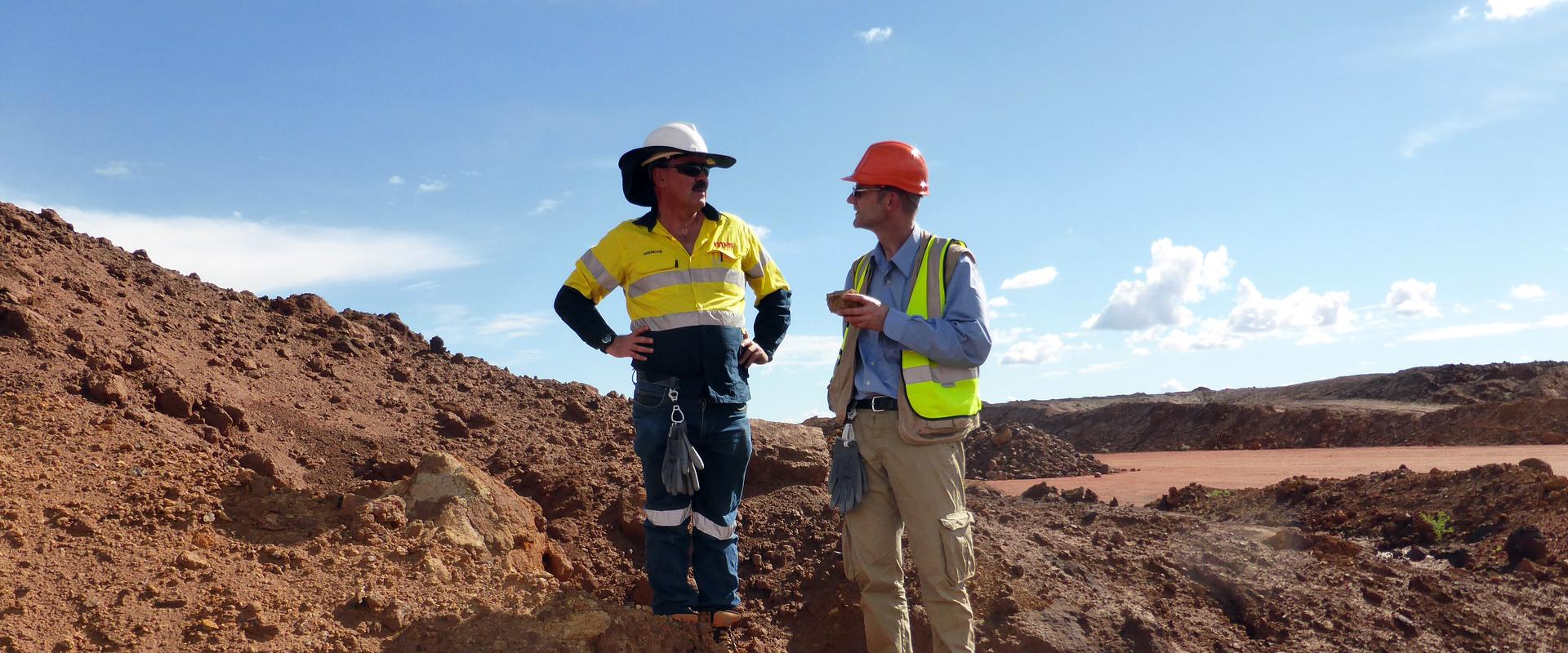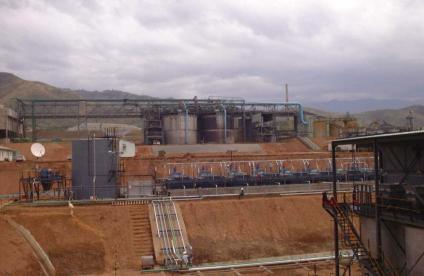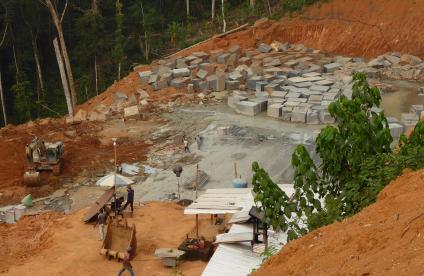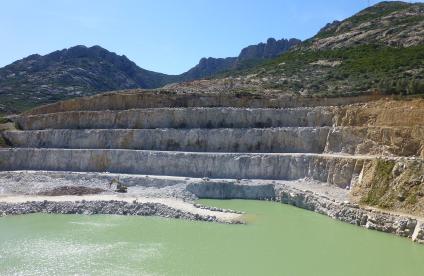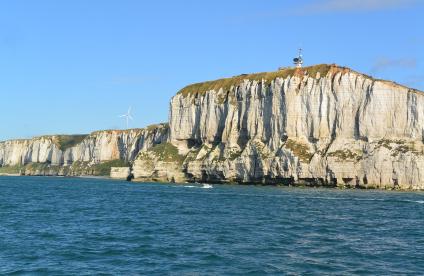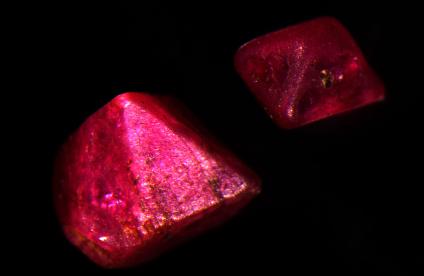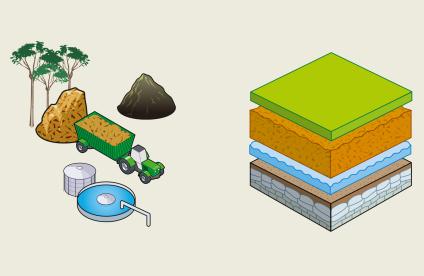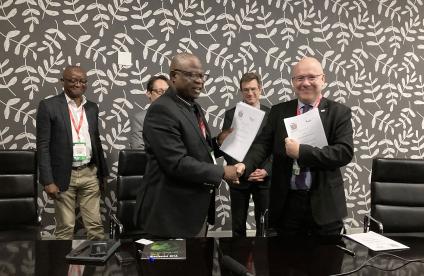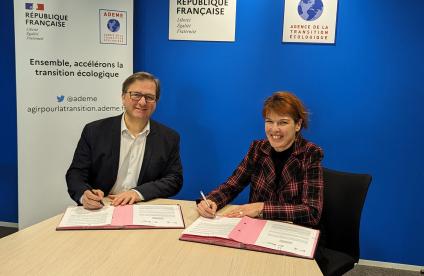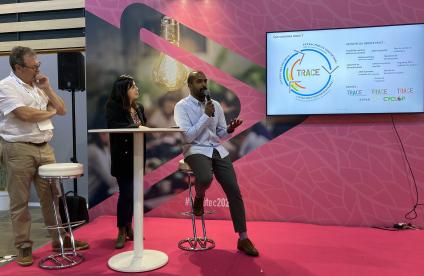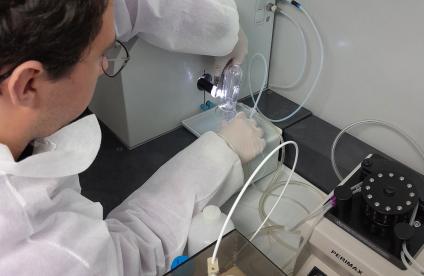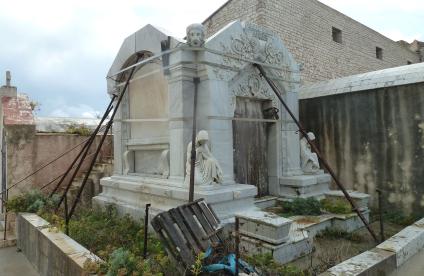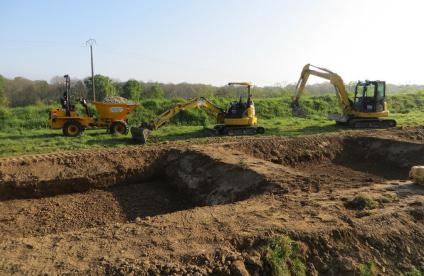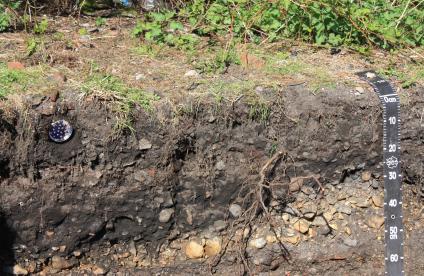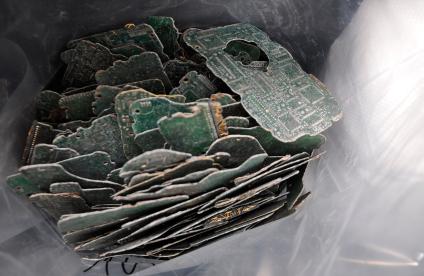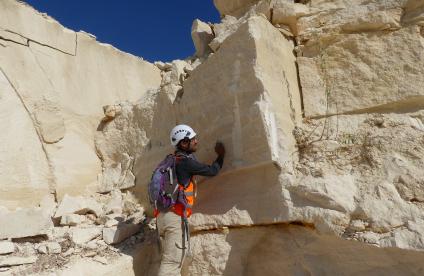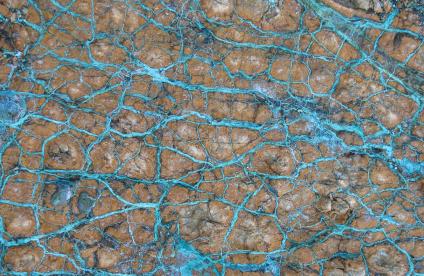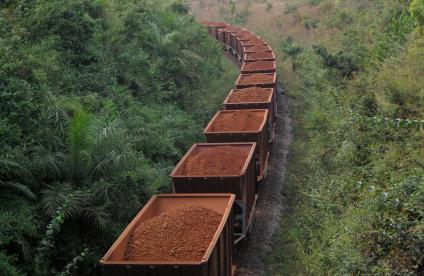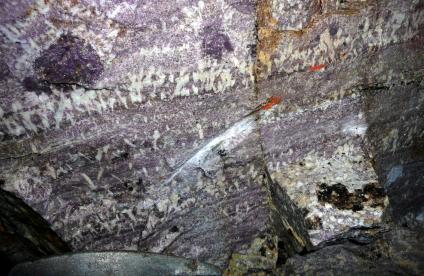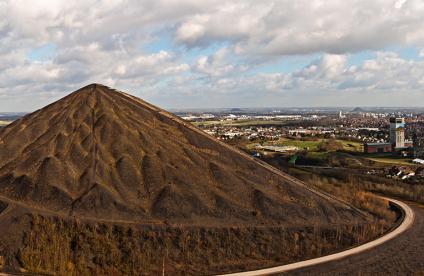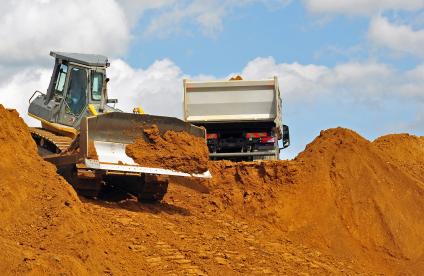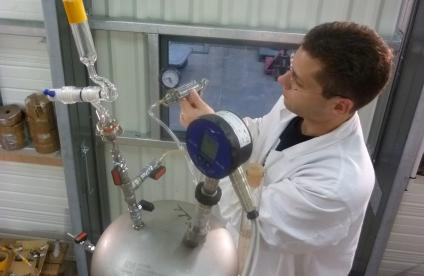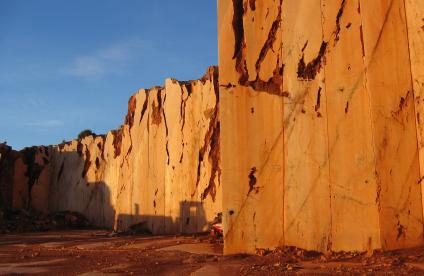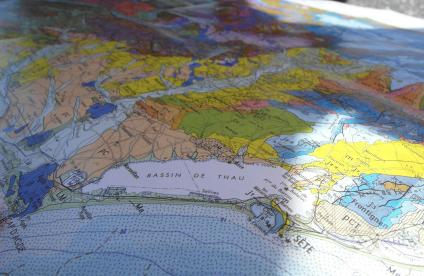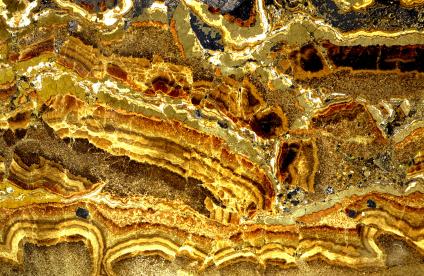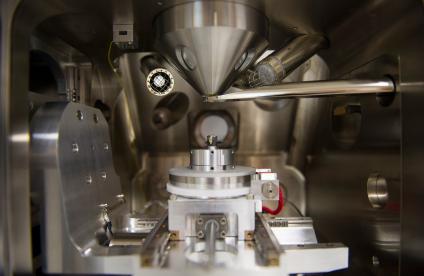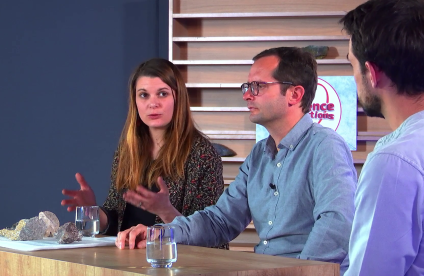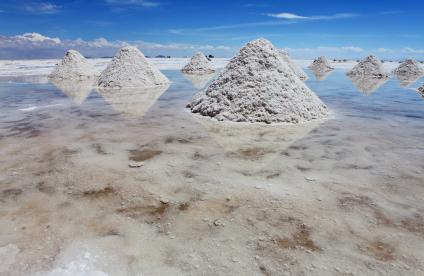The challenge
Global population growth is increasing the demand for mineral resources. These are found in all sectors of the economy, and are used in consumer goods such as high technology and digital products (e.g. rare earths, tantalum, germanium and cobalt). In the coming years, investment programmes for energy transition (e.g. low-carbon options) and the digital transition will further increase the pressure on several mineral resources. The circular economy can provide some answers to the challenge of mineral material availability. Many factors stand in the way of a 100% circular economy, including loss of materials, long residence times in the economic system, the economic expansion of emerging countries, government policies and new uses.
As a result of this, new “native” mineral materials keep entering the cycle. Moreover, projections point to the continual decline of the market availability of primary resources because of extraction challenges and the oligopolistic positions of several countries with regard to some metals (e.g. rare earths and tantalum). We therefore need to become generally more efficient in the way we access mineral resources. Reducing the environmental and social impact of our use of raw materials, and the dependence of economies on them, is high on the government’s policy agenda.
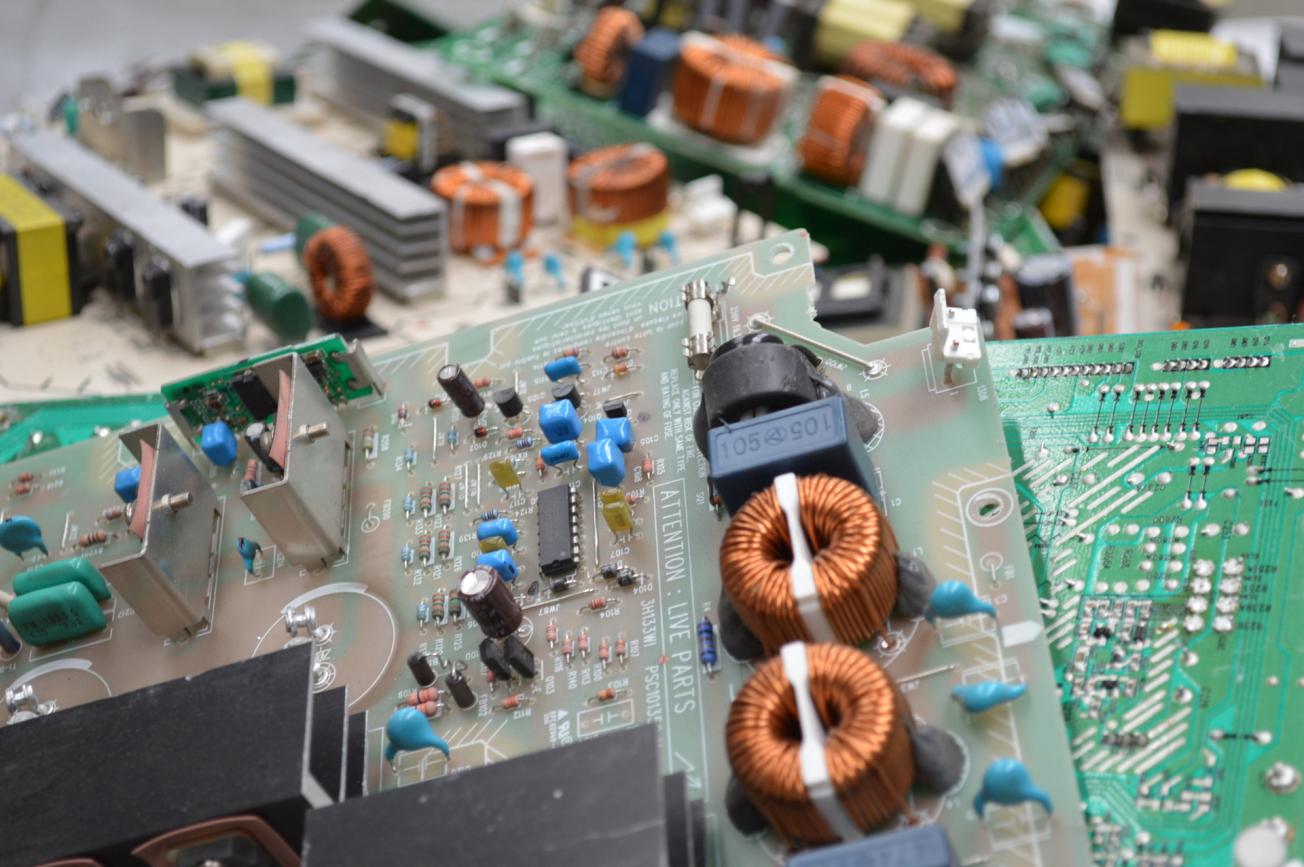
Electronic and electrical waste: a deposit of metals and rare earths (Orléans, 2016).
© BRGM
The ambition of BRGM
BRGM is one of the few French public organisations able to cover most of the value chain for mineral materials, from identifying deposits in mines and quarries to implementing mineral recycling (e.g. urban mining). BRGM intends to become the leading organisation for the mineral resources value chain, supporting the transition from a linear to a more circular economy through its research and support to the French government and the sector. BRGM's science strategy will achieve this ambition by linking a global economic and environmental perspective (e.g. mineral intelligence, life cycle assessment (LCA), and the monitoring of material flows) with research and expert advice on supply chains at source (e.g. metallogeny and “predictivity”), the processing of primary materials – ores – (e.g. mineral processing, metallurgy and recycling) and secondary materials (e.g. mining, industrial and urban waste).
Our solutions
Latest news
Our references and projects
Results and data
Websites, apps and databases
Discovering the Earth Sciences

Scientific programme: Mineral resources and the circular economy
In this context, BRGM will carry on assuming an expert role supporting mining policy, particularly in Africa, by continuing its development work on predictive metallogenic approaches. We will also strengthen our position in innovative and lowpollution technologies for extracting metals and minerals, and the recycling of used materials.
The programme will also consolidate research on methods and tools for the analytical modelling of material flows in the economy, incorporating environmental and social externalities. In addition to our analytical work tracking the economic and technological dynamics that shape raw material markets, BRGM intends to develop a forward-looking approach exploring supply and demand scenarios based on different political, economic, technical, regulatory, social and environmental hypotheses.
Develop innovative and predictive metallogenic approaches and promote the exploration of primary mineral resources
As a geological survey, BRGM helps governments develop mining policies for securing their mineral supplies or production. This objective focuses on identifying the "favourability" of mineral occurrences, mainly on a regional scale so that exploration investments can be targeted appropriately. Our approach is based on the integration of data mining tools so that they can interact with the knowledge systems available internally and externally. With the research carried out under this programme, we will expand our range of tools in predictive mapping applied to mineral resources, using a "data-driven" (geo)statistical approach coupled with an "expert-guided" approach. Our metallogenic studies will focus on critical metals as defined by the European Union and metals useful for energy transition.
Research priorities
- Developing research to understand metallogenic models at the regional scale in conjunction with geodynamic modelling approaches.
- Developing predictive metallogenic approaches using mathematical tools based on data mining to better estimate the uncertainty of predictive models.
Characterise and model the parameters governing the life cycle of mineral materials to support the co-development of a circular economy and responsible mining
We will develop methods and tools for building supply and demand scenarios to anticipate supply risks and assess the economic and environmental impact of these risks, i.e. their “criticality". We will also suggest possible compensation strategies (e.g. increased recycling or substitution) to improve the security of value chains. Mineral intelligence approaches on production chains and the demand for metals and metalloids will need to be linked to LCA approaches. Our goal is to propose and evaluate new indicators of resource efficiency in order to promote more responsible, ethical and resilient value chains. On the technological front, we will carry out research and generate innovation in methods for tracing mineral materials throughout the cycle.
Research priorities
- Developing tools for designing prospective scenarios and modelling material flows to provide guidance on key issues with regard to materials in the context of energy transition and the resource plan.
- Suggesting indicators of resource-use efficiency as part of developing life-cycle analysis approaches.
- Developing methods for valuing environmental and social externalities linked to the mineral resource cycle.
- Developing methods for tracing metals and materials at different stages of the cycle to support responsible sourcing approaches.
Design and develop innovative solutions for the extraction and use of primary and secondary mineral resources
There is a technological continuum between mineral processing and the recycling of mineral materials. The programme targets the development of mineral processing and metal extraction technologies with reduced environmental impact and minimal energy consumption. Research will focus on the treatment of complex matrices, including construction and industrial waste, and end-of-life objects, such as electric and electronic equipment (e-waste). Less conventional mining resources such as polymetallic and lateritic/oxidised ores and some types of mineral waste will also be explored. Development areas include methods for supporting selective grinding and material embrittlement, the treatment of fine particles, (bio-) hydrometallurgical methods and the extraction of elements of interest in natural fluids (e.g. lithium, silicon and copper). Bioleaching technology remains a field of excellence for BRGM, and we will expand our work in this area using a technological approach focusing on the design of new bioreactors. Research in the modelling of solid-liquid-gas three-phase systems will be strengthened by applying our existing expertise in reactive transfer modelling.
The new PLAT’INN technological platform for the development of innovative processes will allow the change of scale required from laboratory to demonstrator. This provides the programme’s basic science infrastructure for our work in the area of materials recovery.
Research priorities
- Developing methods for sampling and characterising complex and emergent matrices.
- Developing flexible and disruptive processes for exploiting "non-conventional matrices" and preparing raw materials recovered from recycled waste.
- Characterising and modelling physical, chemical and biological processes to improve the efficiency and scaling-up of methods based on these processes.
- Numerical modelling to understand the effects of scaling -up from the laboratory and pilot stages.
- Developing methods for analysing the technical, economic and environmental efficiency of processes in order to assess their practicality.

